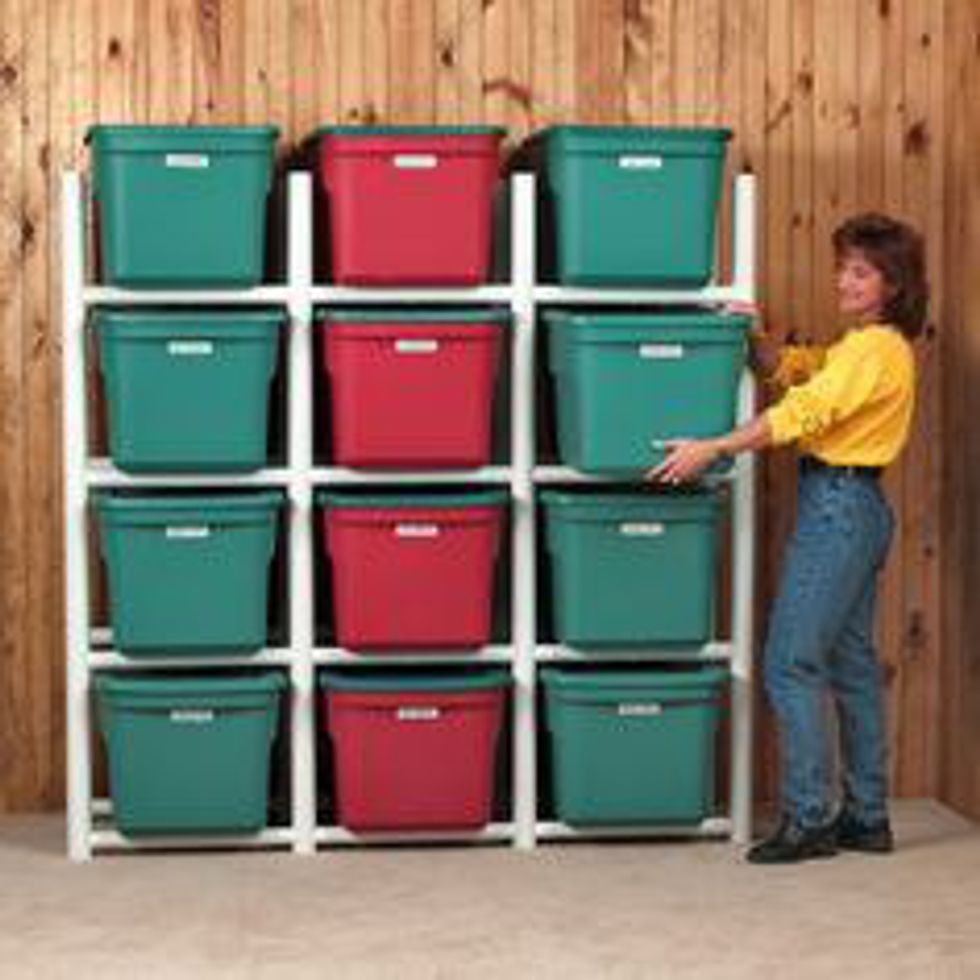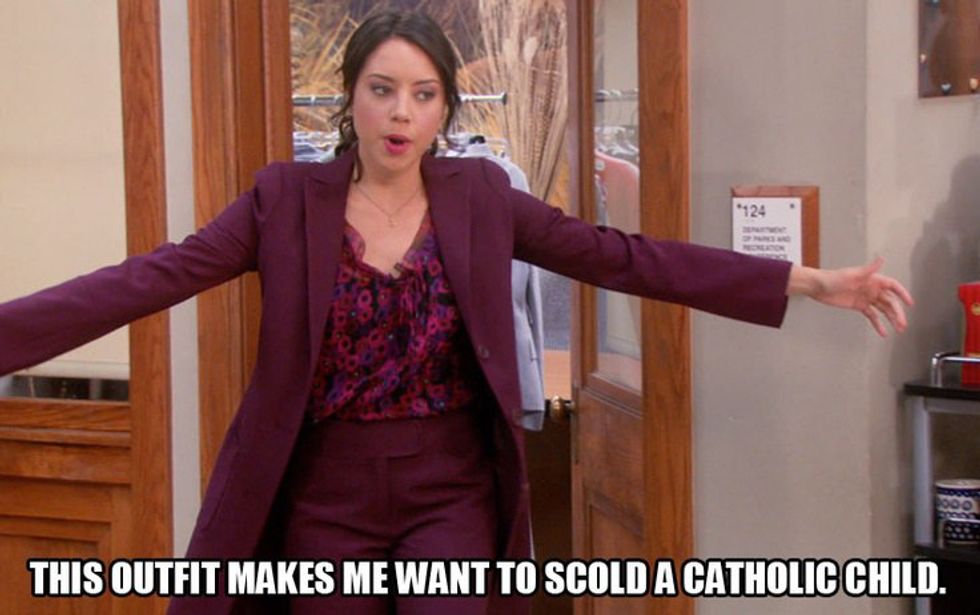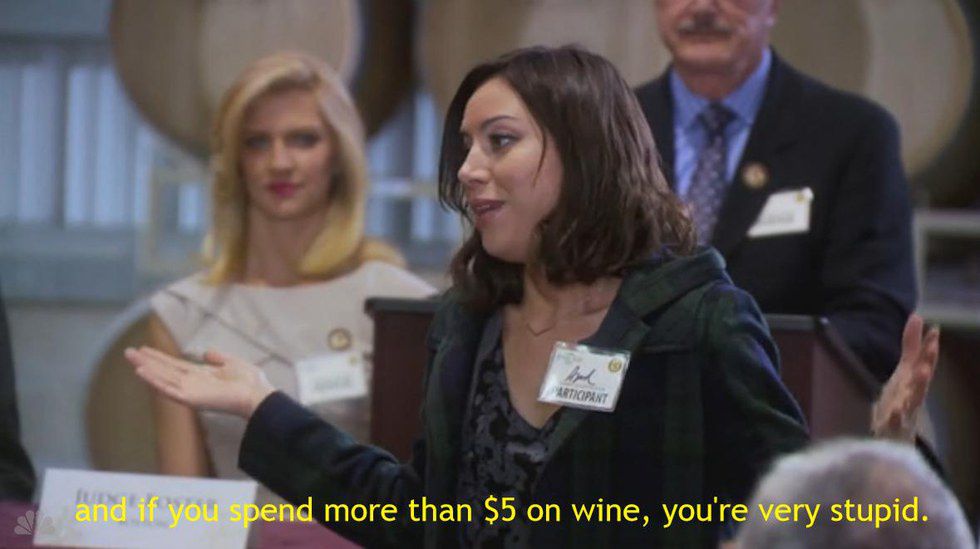For a while, it seemed as if Kanye West could do no wrong, at least musically. And while that’s still true to some extent, when The Life of Pablo was first released, that’s not how I felt. A commercially-successful and critically-lauded musician, there was no denying that the man was a visionary. However, this album was an even bigger curveball than the noise-fest that Yeezus was back in 2013, at least for me. In some ways, it’s even more polarizing, especially considering how disappointing it appeared at first. In fact, I was convinced that this album was a total disaster, with the exception of a few choice-cuts. It was so blatantly uneven, chockfull of idiotic lyrics, and some of the songs were clearly unfinished. Judging from West’s extensive and previous discography, this was the sore thumb in comparison. Kanye West is a perfectionist, best evidenced by how he mixed his hit-single “Stronger” 72 times before he released it as a single. Ever since Late Registration, nearly each and every detail on his albums have been refined to the point where every song was the most it could be. It was hard to imagine any of his songs having less or having more without feeling it was under or overproduced. So it came as a shock when the perfectionist released something bordering on atrocious, at least in comparison to his more polished works. As a fan used to these types of albums, I was heavily disappointed. I kept thinking that Kanye had flopped for the first time, a fear that had long been in my mind considering how unfocused he had been on his music career lately. Even Rolling Stone and Pitchfork Media were predicting a severe drop in quality. But we were all wrong.
With The Life of Pablo, it was apparent that this was an entirely different beast. Much like the acclaimed English group Radiohead, it’s become an expectation for both artists to innovate and push their respective genres forward. And even when they’re not innovating musically, both are finding new ways to market their music and explore new ideas for releasing albums. In 2007, Radiohead was the first major artist to surprise release their album for whatever price the consumer wished to buy it for, which made headlines across the world. Some called it a gimmick, some called it revolutionary, but there was no denying that it affected contemporary music for the foreseeable future. Questions were raised that hadn’t been before. Did it devalue music? What is the true value of music in the streaming age? Then here we are in 2016 with The Life of Pablo. After its release, West quickly made a statement that his album was not finished and that updates would accompany it in the following months. Eyebrows were raised, but listeners sought to listen to the album anyway they could, ranging from a large influx of subscribers to Tidal and a huge barrage of pirated copies. Even to the date of this article, West added a new closer to the album not too long ago, “Saint Pablo.” And if you’re interested in pop culture in any way or form, there’s the issue of Taylor Swift’s authorization of West’s controversial “Famous” lyrics. Aside from that, this album is probably not the first time an album was released to the public in an unfinished and raw form. It is, however, the first album released to the public by a major artist that would receive changes over time. We now get to witness firsthand the artistic procedures used to make an album the way we hear it now.
So what’s so great about this you may ask? Although I, and many others, were skeptical of this idea at first, I’ve come to terms with Kanye’s bizarre release. For once, in a way, we are able to see Mr. West’s recording and thinking process almost firsthand. We may not be in the studio with him, but update after update, his audience gets to hear the initial product vs. the final product. Every update, we get to hear what he thought worked, and what he thought needed to be changed. Although we may not agree with all of these minor changes to a certain song, we hear what he thinks is acceptable for the standard that he has set himself to. No minor change should affect your overall judgement of the album too much anyways. When The Life of Pablo was first dropped, what we heard was the groundwork for each song. Ideas were presented and built upon after that. This may be the first time in history your average listener was able to hear and see the active creative process of an artist. For me, this is a special treat, especially when the artist is so unpredictable, controversial, and erratic.
As for the actual music, I misunderstood it as a messy, mixed bag. And it still is, but I initially looked down on it because of that. There’s the amazing opener, “Ultralight Beam,” the cathartic, choir-filled act of contrition that sounds nothing like anything West has done before. Contrary to popular belief, this was not the first time West had incorporated gospel into his music before; however, it was never executed this beautifully. Not only is it possibly one of his greatest songs (and album openers), it is Kanye at his most humble and loving. And then what follows are what I like to call "hype-fests." Braggadocios with a good beat. “Father, Stretch My Hands” has an upbeat feel of a swagger-filled braggadocio, but the lyrics come across as sincere (with the obvious exception of the bleached model line). The infamous “Famous” comes in after that, with a glaring (and possibly misogynistic) diss towards Taylor Swift, and reaffirms the arrogance that we are all too familiar with. The album goes on like this for the first half, with some hit-or-miss rhymes and excellent sampling. Initially, I was disappointed with how free and unserious this string of songs was.
Expectations are a nasty burden, as they can nearly ruin anything for anyone. Last year, I was taken back on how Kendrick Lamar exemplified black pride with the proud and powerful To Pimp a Butterfly. I stated in an earlier review that I expected a good kid m.A.A.d. city part two prior to his third album’s release. And naturally, with these expectations, I was confused as to how drastically Lamar had changed his music. From the bass-heavy, bumpin’, story-driven feel of his sophomore effort to the funk-bounce, free-jazz, and pro-blackness of his triumphant follow-up, the change couldn’t be more extreme. As I now herald To Pimp a Butterfly as a hip-hop milestone, I realized how annoying expectations can be. For The Life of Pablo, I had expected a sort of style switch-up or large statement to be made. It is important to note that each Kanye West album has had some sort of style change in his music, whether it was the ornate, baroque feel of Late Registration or the electronic, autotuned 808s and Heartbreak. And this is where I was completely wrong in my overall assessment of the album. I was taking the album too seriously, and to some extent, academically. For some reason, I was not going to let Kanye have his fun, which is precisely what he did. He’s just having a good ol’ time making swagger-filled beats, over-the-top rhymes, and not caring about his naysayers, critics, or even fans. A rebel like him is going to do what he wants to do, and I say let him. It’s worked pretty well so far.
With the obvious exception of “Famous,” nonetheless a good song, the presence of cringe-worthy and subpar lyrics is not as much a problem as they were on Yeezus, which, while another great album, was marred by flat-out grotesque and ridiculous lines. Some of these lines are still present on here, but as I said, these songs are looser and have more room to breathe. In other words, the context for these lyrics work better for The Life of Pablo than they did on Yeezus. Like Graduation, these are songs you can “Yeah” or “Whoop” to. It doesn’t take itself as seriously as his other projects. This is not to say some of these songs are up-to-par with some of Kanye’s best work. “Freestyle 4” contains some of Kanye’s flat-out stupidest lines and “Waves” couldn’t be more basic with its generic song structure (a lame hook complete boring lyrics.) Is it any coincidence that the worst tracks are with Chris Brown and Desiigner? But even Kanye at his worst is more intriguing than 90 percent of today’s rappers at their best.
After “Waves,” the album switches modes as “FML” begins. And this is where the Kanye I love the most appears: at his most introspective and human. The second half clicked with me instantly. I had virtually no problems with the songs other than the fact that a few were still unfinished and undercooked. On a side note, I’d like to say I can sleep better knowing that “Wolves” is the fulfilled vision of a song that was previously too short and borderline boring. This song update was easily the most impactful. But rather than re-critique these songs, I’d like to address a previous claim I made in my initial review. I previously stated that the album is a grower and that the imperfections are its charms.
Additionally, I’d also like to acknowledge a claim made by the publication Pretty Much Amazing. And that was that The Life of Pablo is “a near-classic, West’s Physical Graffiti, his White Album." Half of that statement I can comfortably stand by, as The Life of Pablo is like the two albums listed above, but it is no masterpiece like the White Album And even then, that can be a challenged statement too. What’s to stop a Beatles’ classic from being compared to The Life of Pablo? Both are plenty messy, and are incoherent to some degree. The ridiculous lyrics found in “Why Don’t We Do It in The Road” are arguably just as dumb as the lyrics found in “Father Stretch My Hands.” And there are plenty of lackluster tracks found on The White Album. But with albums these long, it is inevitable that they contain some sort of weak filler. And what’s special about The Life of Pablo is that it is the culmination of all his past genre-blending styles, much how his masterwork My Beautiful Dark Twisted Fantasy was. There is no style change, but is rather a compilation of nearly every sound or theme Kanye has ever done. The only thing separating The White Album and The Life of Pablo are their age and statuses in the discourse of music criticism. The age-old saying, "age is nothing but a number," rings very true here. Music should be judged on quality, not its age or status as a classic. Comparing The Beatles to Kanye West might be considered blasphemy among the skeptics of the controversial rapper. I get that.
The real question remains, though, whether or not you judge Kanye West based on his social antics and persona, or his actual music? There is an argument for the two being comparable, but that argument is for another article. Keep in mind that The White Album received mixed reviews upon its initial release, too. Point being, imperfections can add flavor in some cases, just not when they’re overshadowing the positives, which rarely happens on this album.
So whether or not these imperfections demand a new update, or a new assessment, it’s apparent that even after all the pressure, Kanye has still managed to find a way to shock, surprise, and polarize. And in retrospect, critics and fans were wrong to judge the album so soon, given how we assumed that West was finished with it. An album this polarizing just asks for all the attention it has gotten. Regardless of what you think of his outrageous Twitter rants or his flamboyant arrogance, it’s rendered to moot when an album this important and enjoyable drops. Few albums have made me think this much about whether I like it or not. The answer is yes, just in case I wasn’t clear. Frankly, up until its official release, it is and will continue being an adventure. After each song is another song, sounding completely different than the last, and each update adds fresher meat or subtracts unneeded fat. Every update sounds necessary, especially the newly-added “Saint Pablo,” which now provides The Life of Pablo with a proper closer. Unlike “Fade”, the album now has a sense of unity and comes full circle. It lives up to Kanye’s claim of it being a “living breathing changing creative expression”. And if anyone was ever going to try this idea, I’m glad it’s him. From the extravagant Madison Square Garden event to his G.O.O.D. Friday releases, this album’s hype was warranted and then some. And it should come to no one’s surprise that he pulled an onslaught of stunts like this. He’s definitely the man suited for the job, and I cannot wait to see what he’s going to pull next. It’s not “the album of life” or the “gospel album” he claimed it was, but it is “the album of the now.” As for the grade, it has definitely improved. It’s evident that I wrongly measured this album with a meter stick rather than a ruler. It goes to show that messiness really can be attractive in the right hands. A
(Key Tracks: "Ultralight Beam," "Real Friends," "No More Parties in L.A.," "Wolves")






















